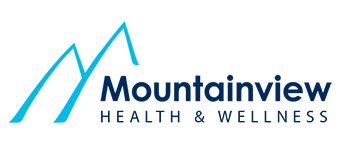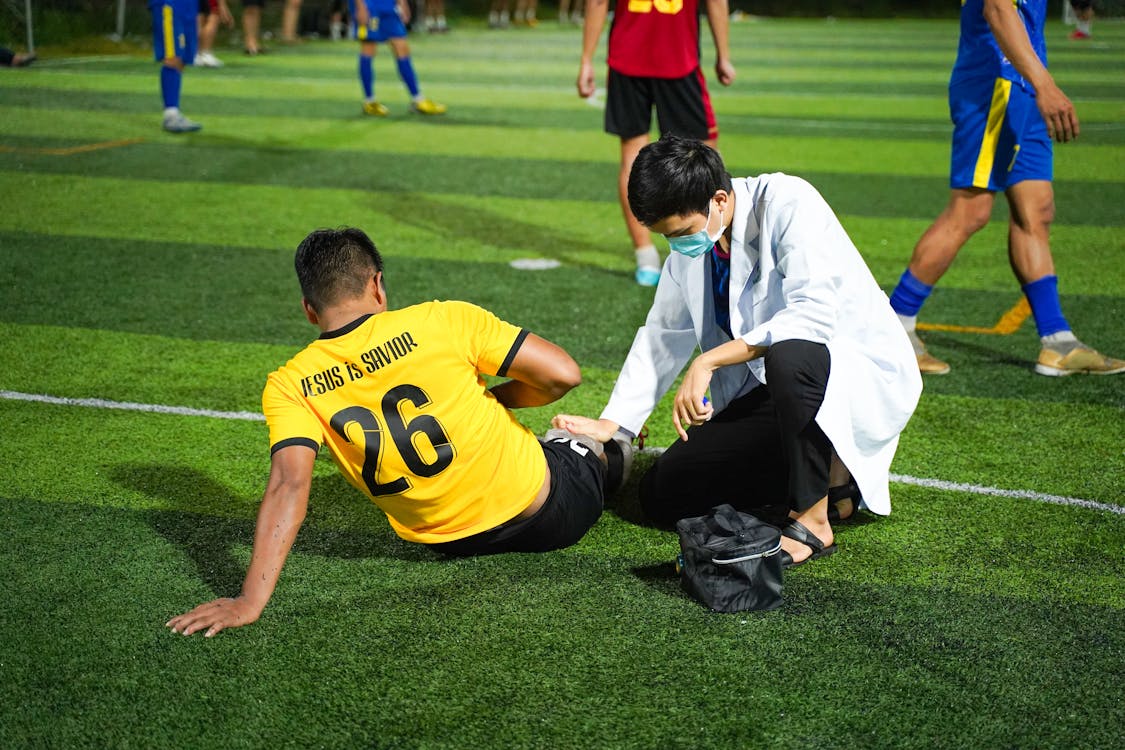In the world of sports, injuries are an inevitable part of the game. Whether you’re a professional athlete or a weekend warrior, the physical demands of sports can take a toll on your body. Fortunately, physiotherapy has emerged as a vital tool in the journey to recovery, offering a wide range of benefits for athletes of all levels.
The Role of Physiotherapy in Sports Injury Rehabilitation
Physiotherapy is a specialized branch of healthcare focused on restoring movement and function to the body. It employs a variety of techniques, including manual therapy, exercise prescription, and education, to address musculoskeletal injuries and promote optimal healing. In the context of sports injuries, physiotherapy plays a crucial role in the rehabilitation process, helping athletes recover from acute injuries, manage chronic conditions, and prevent future injuries.
One of the primary goals of physiotherapy in sports injury rehabilitation is to reduce pain and inflammation, allowing athletes to regain mobility and function. Through targeted exercises and hands-on techniques, physiotherapists can alleviate muscle tightness, joint stiffness, and other symptoms associated with sports-related injuries. Additionally, physiotherapy helps improve flexibility, strength, and proprioception, which are essential for returning to sport safely and effectively.
Benefits of Physiotherapy for Sports Injuries
- Customized Treatment Plans: Physiotherapy offers personalized treatment plans tailored to the individual needs of each athlete. Whether you’re recovering from a sprained ankle, torn ligament, or muscle strain, physiotherapists develop comprehensive rehabilitation programs designed to address your specific injury and goals.
- Pain Relief: Physiotherapy techniques such as manual therapy, therapeutic exercises, and modalities like ultrasound and electrical stimulation can effectively relieve pain and discomfort associated with sports injuries.
- Improved Range of Motion: Sports injuries often lead to restricted movement and stiffness in the affected area. Physiotherapy interventions such as stretching, joint mobilization, and soft tissue massage help restore flexibility and range of motion, enabling athletes to move more freely.
- Enhanced Strength and Stability: Weakness and instability are common consequences of sports injuries. Physiotherapy focuses on strengthening the muscles surrounding the injured area, improving stability, and reducing the risk of future injuries.
- Faster Recovery: By facilitating the body’s natural healing process and promoting tissue regeneration, physiotherapy accelerates the recovery timeline, allowing athletes to return to their sport sooner and with reduced risk of re-injury.
At Mountainview Health and Wellness, we understand the unique needs of athletes and the importance of effective rehabilitation in returning to peak performance. Our team of experienced physiotherapists is dedicated to providing comprehensive care and support to athletes of all ages and skill levels.
With state-of-the-art facilities and personalized treatment approaches, we offer a wide range of physiotherapy services aimed at optimizing recovery and maximizing athletic potential. From manual therapy and exercise rehabilitation to injury prevention strategies, we are committed to helping you achieve your goals and stay healthy on and off the field.
Visit Mountainview Health and Wellness today to learn more about our physiotherapy services and start your journey to recovery. Don’t let sports injuries hold you back – trust the experts at Mountainview to get you back in the game stronger than ever.
- American Physical Therapy Association. (2022). Understanding Physiotherapy. https://www.apta.org/your-health/understanding-physiotherapy
- Brukner, P., & Khan, K. (2017). Clinical Sports Medicine: Injuries. McGraw-Hill Education.
- Shamus, E., & Shamus, J. (2015). Sports Injury Prevention and Rehabilitation. Jones & Bartlett Learning.







